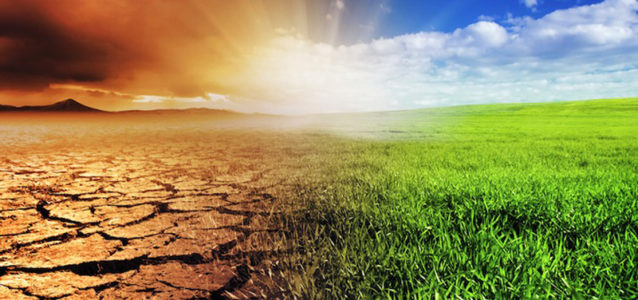I grew up in a community where anything just happened because it was just meant to happen. Well, at least we thought so and not many had the curiosity to ask themselves why. Livelihood activities such as farming were based on indigenous knowledge systems which are traced way back to the days of our great grandparents and are passed on from generation to generation. This was a time when indigenous knowledge could easily coincide with weather and seasonal forecasts. For example, people from the past where able to predict when the first summer rains were likely to occur. This knowledge was based on life time experiences of climate in particular regions. Through this experiential knowledge, subsistence farmers were able to reach their expected yields, reduce losses, and adapt to changing conditions.
However, with time, things have changed. Today we woke up in a community of heat waves, prolonged dry spells, and late onset of summer rainfall, extreme rainfall events and outbreaks of waterborne diseases. What happened? Most are confused whereas the majority are in denial, probably because it happened gradually. Is it natural? Is it anthropogenic? Is it attributable to the natural variation in solar radiation (Milankovitch cycles)? Climate science is meant to answer these questions and to enhance the habitability of planet earth through informative research that meets societal needs. It is goal orientated and the goal is to develop mitigation and adaption strategies to combat the effects of climate change. Sounds done and dusted right? Well, it’s not. It’s undeniable that Climate Science has produced ground breaking research, but the real question is, how applicable are these research solutions to real world problems and how accessible and understandable are they to people that need them the most. In the world we live in, the poor generally have lower adaptive capacity to climate change, whilst the majority of the rich choose not do anything about it.
Dr O.Ivar Lovaas said: “If they can’t learn the way we teach, we teach the way they learn”. Same applies to climate information, if the intended users do not understand the new information then it should be designed based on their experiences (Indigenous knowledge). Indigenous knowledge might as well be the key to understanding climate change at a local level, that is: understanding the impacts and resilience.
Whilst there are many factors which are affecting the poor, such as poverty, the fact that climate change has exacerbated these factors cannot be denied. Now that the effects of climate change are evident worldwide, I believe it is the best time to communicate climate information. Climate models have empowered the climate community with the ability to produce robust knowledge on the possible future changes to enhance our preparations. Whilst the fact that climate information is key cannot be denied, it is also very important that it is transferred effectively particularly in developing communities where indigenous knowledge systems are still very dominant. The user needs are to be taken into careful consideration and this can be achieved through engagement. The question is, how we merge climate science with indigenous knowledge so as to enhance the adaptive capacity of rural communities. Also, how do we overcome the challenges associated with sharing climate information in rural communities of South Africa?
